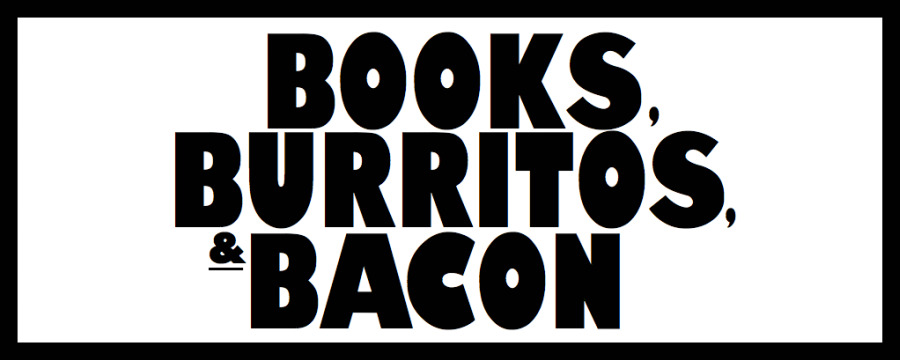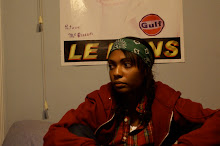Tuesday, September 22, 2009
The Fortress of Solitude by Jonathan Lethem
I finished The Fortress of Solitude on Friday and making my way through those final chapters kind of reminds me of this seven day backpacking trip I went on the summer before I started at Northwestern: total hell but with this underlying feeling that I was going to be a better person for having had the experience. The book was good, and I stick by my earlier assessment of the first half of it. But the conclusion was so unexpected, structurally speaking, that I have yet to make up my mind about how I feel about the book as a whole.
Most of what has been written about this book (and what will be written about it in the future) focuses on content and I suppose the “cultural work” that a book about a white boy growing up in an inner city Brooklyn neighborhood is doing. It’s important to highlight that aspect of it, for sure, but in my opinion, The Fortress of Solitude is Lethem’s attempt at reinventing the novel (or at the very least opening up some new possibilities).
Part One is written in the third-person and though it becomes clear that Dylan Edbus is the protagonist, the book has this Dickensian omniscient narrator. It’s funny, but when I was in grad school we were encouraged to stick to one point of view character (though, I don’t know if that was just because I was doing short stories). It seems that a lot of what I’ve been reading—or rather, a lot of what I’ve been reading and enjoying—employs this sort of narration. I don’t think that Lethem is being gimmicky though. Brooklyn is a character in this book and it’s crucial that we get that full panorama.
The second part of the book called “Liner Note,” is just that—Dylan Edbus has grown up, he’s in his thirties, and in addition to being a journalist he writes liner notes for CD box sets. The idea behind this section is very cool—I felt like I was reading an artifact from the world of the book. This being said, liner notes are boring as hell. Unless you’re one of those people who lives and breathes music, I doubt you’ve ever even read a liner note. On some level I think that this section is a commentary on that while also underscoring Dylan’s complicated relationship with black culture.
All and all, “Liner Note” is about authenticity. There can be a sort of douchey quality to liner notes when it seems as though the writer is trying to educate the reader—this is essentially what Dylan is doing. It makes me feel a bit uncomfortable when I read a white writer’s exegesis of some portion of black culture (or Asian culture or Latino culture, etc). In spite of all of the research that may have been done, I can’t help but think that what’s being discussed lacks legitimacy—I’m sure that Lethem knows that I feel this way. Here Dylan is, a white man writing about a black musician—one he actually grew up next door to. He came of age in a primarily black neighborhood but does that make him more qualified to talk about this stuff? Can he somehow claim this history? “Liner Note” is interesting because it begs these questions but I didn’t want to read what Lethem/Dylan had written. Maybe if it was, like, four pages long but not fifteen or twenty or however many it actually was.
Part Three, “Prisonaires,” is Dylan’s first-person narration of his adult life. Even though it lacks some of the force of Part One, I actually preferred this section. I like dialogue driven fiction and that’s what this is (mostly) and the action has moved from Brooklyn to Berkeley. Maybe it’s narcissistic but I love it when something somehow related to me or my life or the things that I like pops up in something that I’m reading. It validates my existence. (OK, I guess that’s totally narcissistic). My favorite part of the book was this single sentence: “I had California girlfriends, a California apartment, and after I’d dropped out of classes from sheer disinterest, a California newspaper career, as a music critic for the Alameda Harbinger, the job an extension of some work I’d done revamping KALX’s moribund gazette.” I grew up in Alameda (the Bay Area’s answer to Mayberry).
The story takes a surreal turn in this final section—this is where that “superheroes” bit from that back cover blurb really comes into play—but this isn’t what troubled me. Like I’ve said before, I prefer surrealism and admire authors who are able to blend it with realism. What bothered me was Lethem’s brief shift back to the third-person. It was kind of abrupt and I’m still processing it, trying to decide if it worked for me.
So I continue to meditate on this book three days after finishing it. I don’t know, I think that’s a sign that Mr. Lethem did his job.


